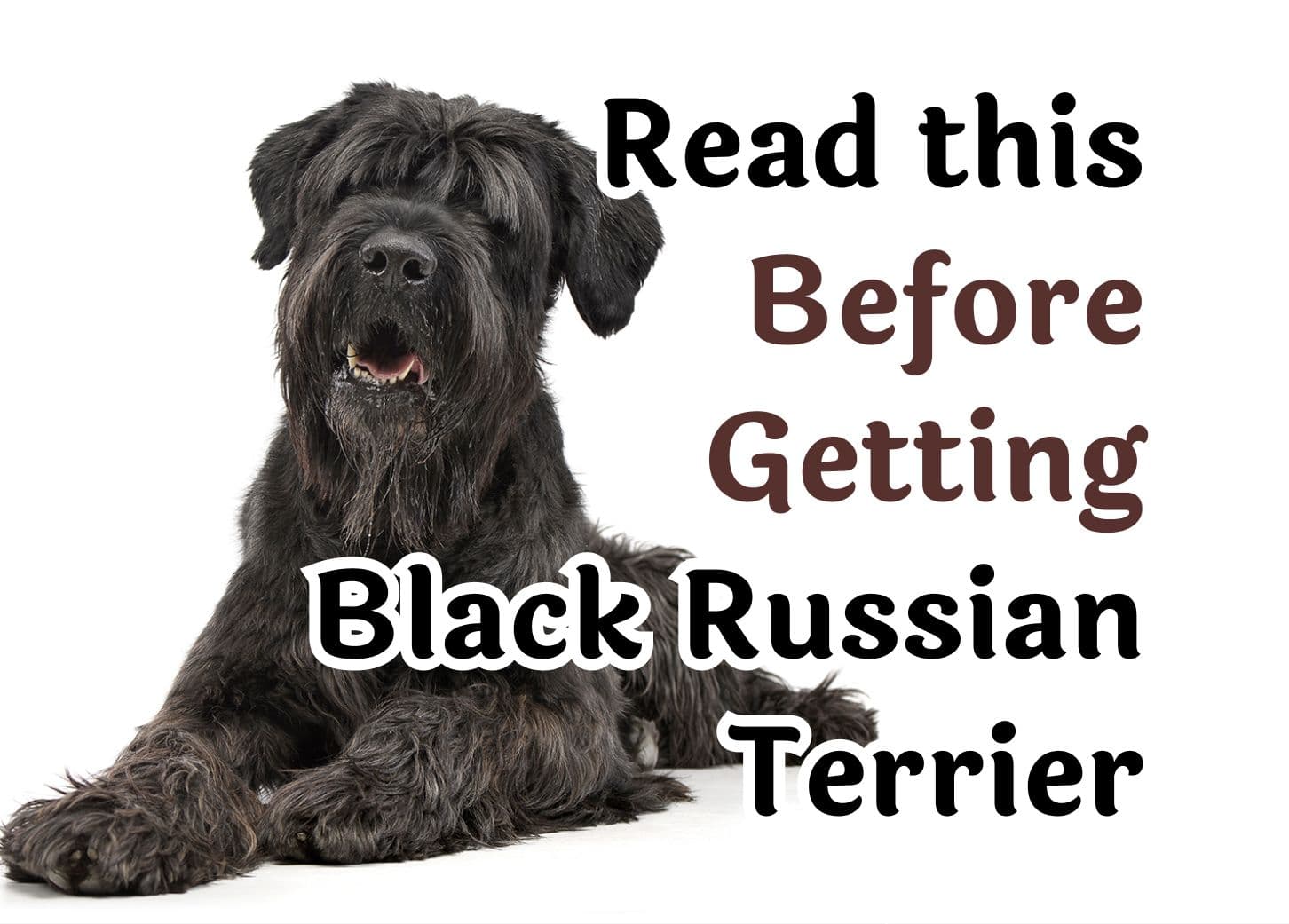What to Think About Before Getting a Black Russian Terrier

If you’re considering a Black Russian Terrier (BRT), you’re looking at a majestic, powerful dog with a heart as big as its body. But let me tell you from experience — this breed is not for the faint of heart or first-time dog owners who aren’t ready to commit. These dogs are loyal, intelligent, and protective, but they come with a learning curve. Let’s break down what it’s really like living with a BRT, and whether they’re the right fit for you.
Big Dog, Bigger Personality
Black Russian Terriers are massive — males can weigh up to 130 pounds — and they carry themselves like they know it. They were originally bred as military working dogs in Russia, so they’re naturally alert, strong, and ready to protect. But underneath that tough exterior, they’re affectionate and devoted to their people. They want to be part of the family, not stuck in the backyard all day.
That said, their size alone means they’re not a casual choice. A playful bump from a BRT can easily knock over a toddler, so supervision around small kids is a must. They’re not aggressive with children — in fact, they’re usually very gentle — but their strength can be a bit much if you’re not careful.
Training: Not Optional
Here’s the truth — BRTs are smart but stubborn. You’ve got to start training early and be consistent. They respond best to firm, kind leadership (no yelling or harsh corrections). Think of them like a teenager: they know what you’re asking, but they’ll test your authority if they think you’re unsure.
Socialization is huge with this breed. If you don’t expose them to a variety of people, dogs, and situations early on, they’ll become overly wary of strangers — which is great if you want a guard dog, but not so great if you’re hosting a barbecue.
Can They Live in an Apartment?
Technically, yes — but it’s not ideal. These dogs need space to stretch those long legs and burn off energy. A home with a fenced yard is much better suited for them. If you’re in an apartment, be prepared for long, brisk walks (at least twice a day) and lots of mental stimulation. They get bored easily, and a bored BRT can become destructive fast.
Grooming: A Commitment
That thick double coat doesn’t take care of itself. You’ll need to brush your BRT regularly to prevent mats — daily if possible. They don’t shed a ton, but their coats can trap dirt, debris, and moisture, especially after a swim (which they love, by the way). Baths should be followed with a thorough blow-dry to avoid skin issues.
Professional grooming helps a lot, especially if you’re not up for trimming around the face and feet. Most owners I know take their BRT to a groomer a few times a year and handle the maintenance brushing at home.
Health and Lifespan
Black Russian Terriers are generally healthy for a large breed, with a lifespan of 10–12 years. But like all big dogs, they’re prone to joint issues like hip and elbow dysplasia. Always go through a reputable breeder who screens for genetic problems — it can save you a lot of heartache (and vet bills) down the line.
Other things to watch for include allergies, urinary tract infections, and eye issues like progressive retinal atrophy. Regular vet checkups and a good diet go a long way in keeping them healthy.
The Bottom Line
If you know what you’re getting into, a Black Russian Terrier can be an incredible companion — loyal, intelligent, and surprisingly gentle with their people. But they’re not a plug-and-play pet. You’ll need to invest time in training, grooming, and socializing. They do best with experienced owners who understand how to lead with calm confidence.
If that sounds like you, then the BRT might just be the perfect match. Just be ready to commit — because once you earn their trust, they’ll have your back for life.